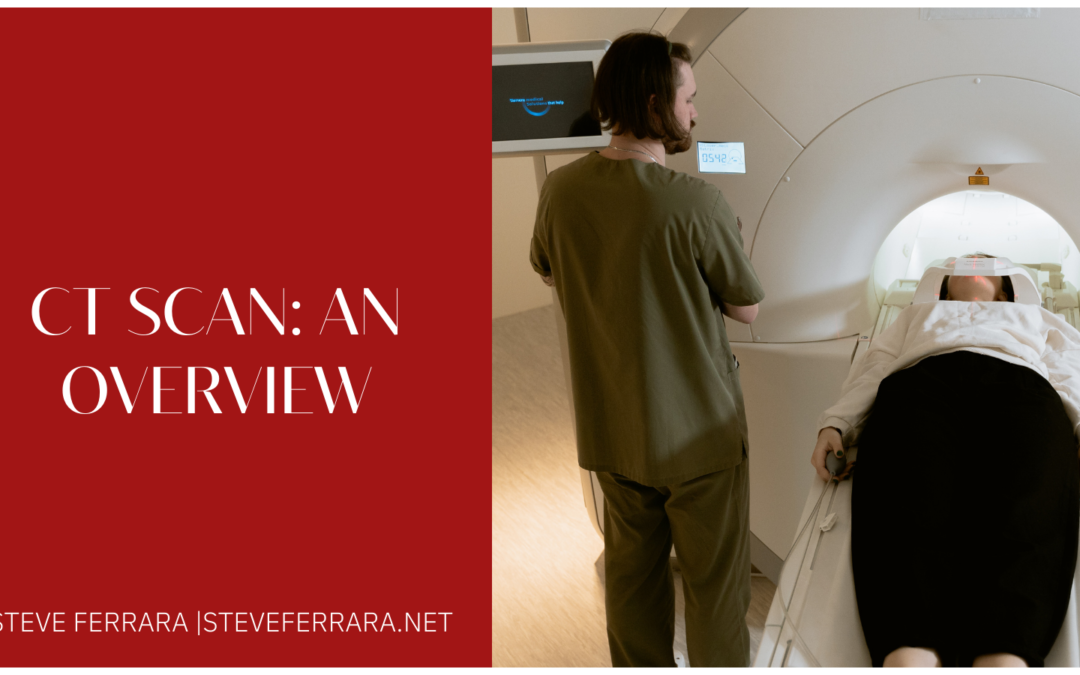A CT scan is a diagnostic medical test that uses a combination of X-rays and computerized images to examine body structures. CT scans are commonly used as a noninvasive way to examine the chest and abdomen, including the lungs, heart, and nearby organs. Radiologists can conduct CT Scans on patients in ambulatory care settings and radiology centers.
5 Reasons for Performing a CT Scan
Radiologists and doctors use CT Scans to obtain information about the inside structures of the body. The scan examines the soft tissue and bones, allowing doctors to evaluate problems with organs and tissues. CT Scans can help detect a variety of medical problems, including:
1) Blood clots or tumors
CT Scans help doctors detect blood clots in vessels deep within the body and tumors that have spread beyond the area where they began.
2) Head injuries
Radiologists often use CT Scans to examine patients who have suffered head injuries because CT scans can help detect bleeding within the skull or brain.
3) Acute abdominal pain
CT scans can help diagnose acute abdominal pain due to appendicitis or a hernia and identify other medical problems in your digestive tract.
4) Benign conditions in the abdomen or chest
Doctors use CT scans to examine the chest and abdomen and organs and tissues nearby. Sometimes, CT Scans provide information about conditions that are not visible on X-rays, such as a gallbladder problem.
5) Noninvasive prenatal tests
Doctors sometimes take CT Scans to confirm when an ultrasound can detect a problem with the uterus.
How is a CT Scan Performed
The patient lies on a table that slides into a tunnel-shaped device called a CT scanner that takes X-rays of the body. The machine makes multiple passes over the body, taking images from different angles. The computer assembles the images into cross-sectional views of the body’s internal structures and displays them for the radiologist to evaluate.
A CT scan is most often performed with a combination of X-rays and computerized images to examine body structures. The scan examines the soft tissue and bones, allowing doctors to evaluate problems with organs and tissues.
Today, CT Scans are one of the most common and useful imaging tools that physicians and radiologists use to diagnose medical problems. The scan allows doctors to examine the organs and bone structures without making an incision or using invasive testing or procedures. It can also prevent medical problems from developing and detect abnormalities that aren’t visible on X-rays.
